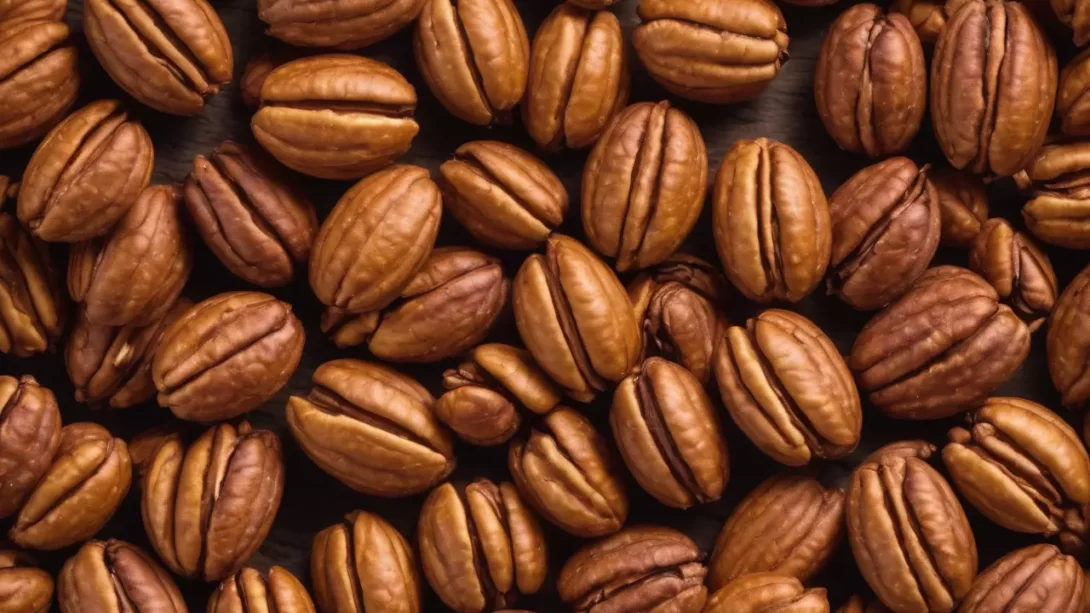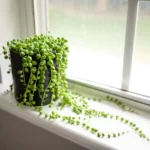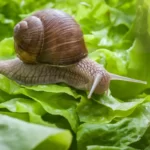Cats, known for their curiosity and occasional nibbling on human foods, require diets specifically tailored to their carnivorous needs. While some human foods are safely enjoyed by cats in moderation, others can pose serious health risks. Pecans, a popular nut in many human diets, often raise questions about their safety for feline consumption. This article explores whether cats can safely consume pecans and the potential risks associated with feeding these nuts to our feline friends.
Pecans: Nutritional Profile and General Safety
Pecans are rich in nutrients like healthy fats, proteins, vitamins, and minerals, making them a beneficial addition to the human diet. However, the nutritional needs of cats are vastly different from humans. Cats require a diet high in animal proteins and specific nutrients like taurine, which are not adequately provided by nuts like pecans. Moreover, the high fat and protein content in pecans, although healthy for humans, is not suitable for cats and can lead to digestive issues and other health problems.
The Risks of Feeding Pecans to Cats
There are several risks associated with feeding pecans to cats. Firstly, pecans contain compounds that can be harmful to cats. These nuts can potentially contain mycotoxins, toxic substances produced by molds that often grow on nuts. Ingesting mycotoxins can lead to symptoms like vomiting, diarrhea, and lethargy in cats. Additionally, the high fat content in pecans can cause gastrointestinal upset in cats and, over time, contribute to more serious conditions like pancreatitis. Pecans also pose a choking hazard and, due to their size and shape, can cause intestinal blockages if ingested. The risks are heightened in cats with specific nut allergies, which can lead to severe allergic reactions. Given these potential dangers, it’s clear that pecans should be avoided in a cat’s diet.
Symptoms of Adverse Reactions in Cats
If a cat consumes pecans, it’s important for owners to be vigilant for signs of adverse reactions. Symptoms of nut toxicity or allergic reactions in cats can include vomiting, diarrhea, abdominal pain, lethargy, and in severe cases, difficulty breathing or anaphylaxis. Cats may also exhibit signs of an intestinal blockage, such as decreased appetite, constipation, or distress. These symptoms can develop quickly or over several hours, and their severity can vary. Immediate veterinary attention is crucial if a cat displays any of these signs after ingesting pecans, as prompt treatment can be critical for their health.
Safer Dietary Choices for Cats
Cats thrive on a diet specifically formulated for their carnivorous needs. Commercial cat foods are designed to meet all of their nutritional requirements. For cat owners interested in providing variety or treats, there are safer options than human foods like pecans. Many pet stores offer cat-safe treats and supplemental foods that provide the necessary nutrients without the risks associated with human food. Homemade cat treats can also be made, provided they are prepared with cat-safe ingredients and under the guidance of veterinary nutritional advice.
Preventive Measures for Cat Owners
Preventing accidental ingestion of pecans and other potentially harmful foods is key to ensuring a cat’s safety. Keeping pecans and similar foods out of reach in sealed containers or cupboards is a simple yet effective step. Additionally, educating all household members, especially children, about the dangers of feeding cats human food can help prevent accidental ingestion. Cat owners should also be cautious when preparing food with pecans, ensuring that no pieces fall to the floor where a curious cat might find them. Establishing and maintaining these preventive measures in the home will contribute significantly to the overall well-being and safety of pet cats.
What to Do in Case of Pecan Ingestion
In the event that a cat does ingest pecans, quick action is necessary. The first step is to remove any remaining pecans or nut pieces from the cat’s reach. Observe the cat closely for any signs of distress or illness. If you notice any adverse symptoms, or if you’re unsure about the amount ingested, it’s important to contact your veterinarian immediately. Providing details about the quantity and type of nut ingested can assist the vet in determining the best course of action. In some cases, the vet may advise bringing the cat in for an examination, while in other instances, monitoring at home may be sufficient.
Emergency Veterinary Care for Nut Ingestion
If a cat displays severe symptoms or if there’s a suspicion of a significant quantity of pecans ingested, emergency veterinary care may be necessary. Symptoms such as severe vomiting, diarrhea, difficulty breathing, or signs of an allergic reaction warrant immediate medical attention. Your veterinarian may need to perform diagnostic tests, induce vomiting, or provide supportive care to address the ingestion’s effects. It’s crucial to have an emergency vet contact readily available and to act promptly in such situations.
Conclusion
While pecans are a nutritious snack for humans, they pose several health risks to cats, including potential toxicity, digestive issues, and allergic reactions. Cat owners should avoid feeding pecans and similar nuts to their pets. Instead, focusing on providing a balanced, species-appropriate diet is the best way to ensure the health and well-being of feline companions. By understanding the risks associated with certain human foods and taking preventive measures, cat owners can safeguard their pets against potential health hazards. Remember, when it comes to feeding pets, what’s good for humans isn’t always suitable for our furry friends. Prioritizing the specific dietary needs of cats is essential for their long-term health and happiness.



